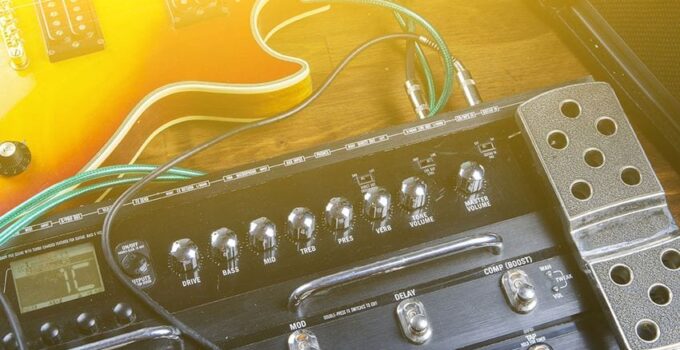For musicians, a delay pedal is a necessary item which helps them create better sound. So what is it and how to use it? Learn more about important features of delay pedals through MusicalStudy.com website.
Now, keep scroll and read this article
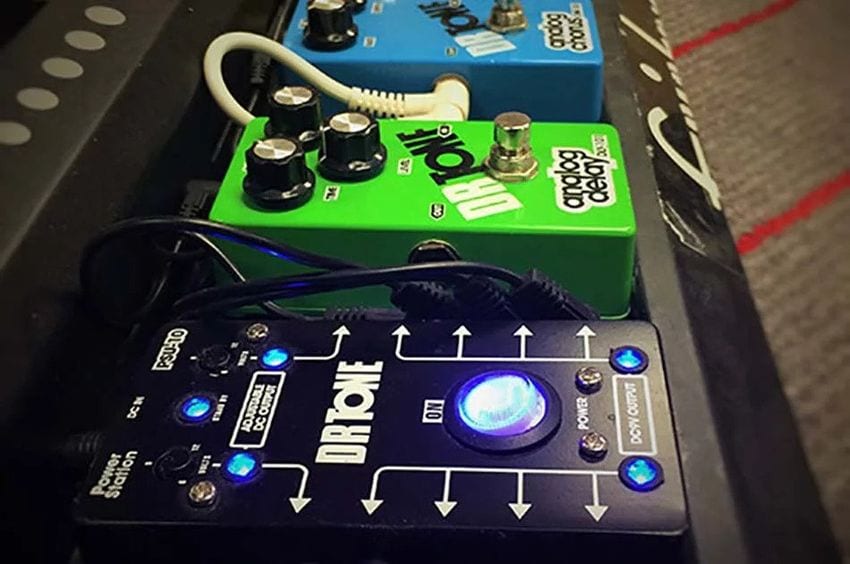
source:reviewtiful.com
Page Contents
What is a delay pedal?
Apart from the distortion and overdrive pedals, a delay one is one of the most popular types of effects pedals in the market. Almost all professional guitarists use it to have a better performance. The purpose of using this type of effect is fairly simple, it repeats the signal from the guitar, makes it sound like an echo.
Similar to other effects, most delay effects are a simple box which sits somewhere between your guitar and amplifier or studio input. In order to produce the effect, all you need to do is to choose the settings on the box, and then hit the footswitch. In the market, there are plenty of options for you in terms of the types of the pedal. Likewise, there are a lot of different ways in which this delay effect is produced.
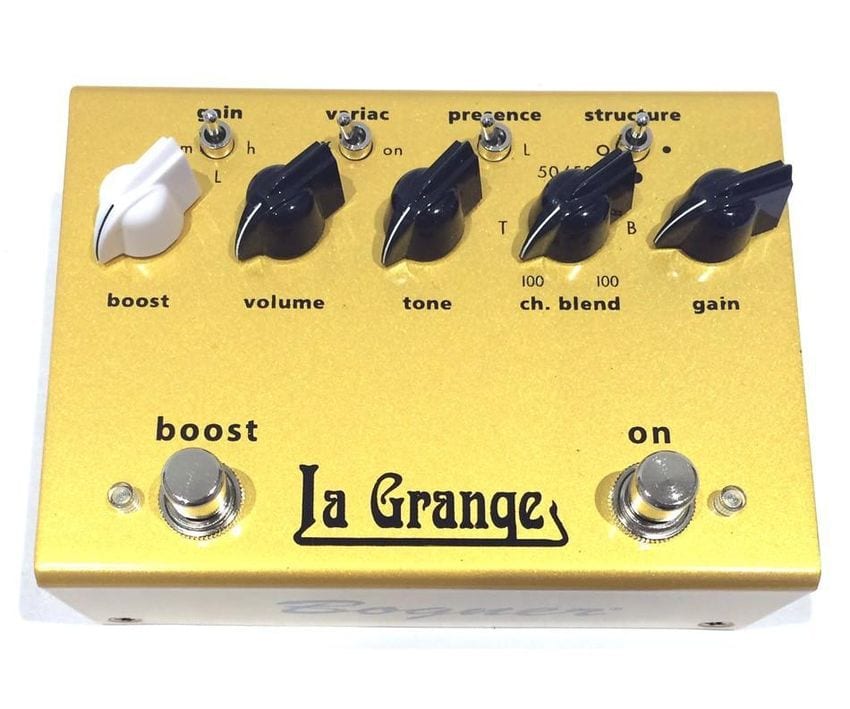
Delay is a common type of guitar effect
What can you use a delay pedal for?
It can do a lot of different things when it comes to producing the sound. When you use it in order to add a repeated signal, you might think that it is only used for special kinds of songs, however, the delay effect can be applied for any type of songs and by many guitarists. The reason is because a quiet delay after the actual note is played will make the sound more depth. That is why it is not just for special effects and most guitarists will use them.
In addition to that, you can use this type of effect to create a whole host of other sounds. For example, you can make a faint echo for an eerie feel. Or the delay can be stretched out for a progressive soundscape. Moreover, if you want a “bathroom” sound, you can make a short tight delay.
What are the difference between analog delay and digital delay?
There are two types of delay pedals, including an analog or a digital one. Now we will learn about these two different types and how you can pick between them. An analog one achieve the delay effect by running the signal through a variety of bits of hardware. The signal will pass through a series of capacitors, and a chip will decide how exactly all of this is done while you set the dials that control the timing and amount of delay. The signal is still the same signal that came out of your guitar’s pickups, however, it is being altered and played around with. This adds a certain tone to the sound as the signal is slightly diffused. Lots of people believe that this creates a warm sound.
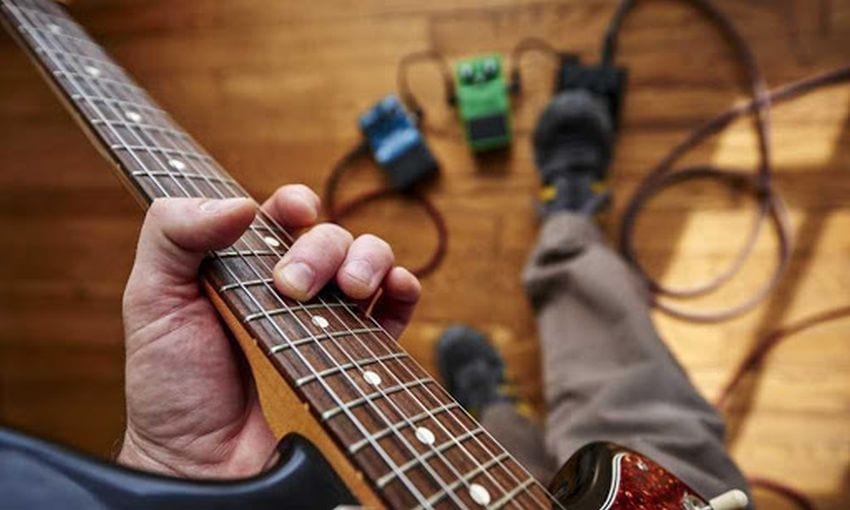
There are two main types of delay pedals
On the other hand, a digital one works quite differently. When you convert the analog electrical signal that comes through the chain to the delay, you create a digital one. Digital ones are generally easy to use and they work straight out of the box. The simpler units have three controls to shape what you hear. The stored presets in some pedals allow for switching between delay sound options. Other ones require more effort to manually fine tune but they offer better control and a wider range of adjustment capabilities.
Aside from that, digital ones work with mathematical algorithms, they contain data on how to produce programmed sounds and they can change the dial setting. They present cleaner sounds and are capable of more complex delays. Also, they allow for smaller and smaller manufacturing as well as compatibility with other modern conveniences like software and apps.
Which delay pedal should you choose?
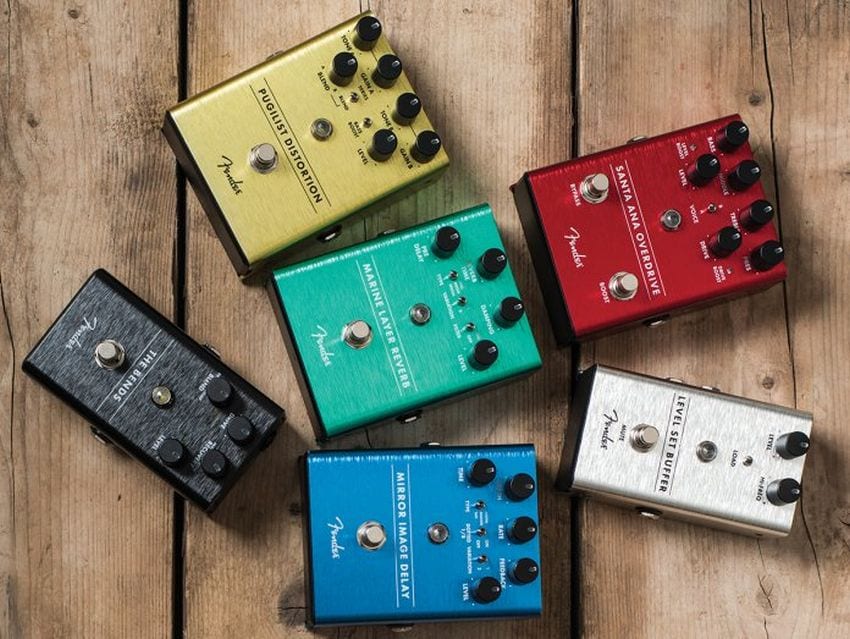
source:guitar.com
By nature, a digital one is considered to be more flexible than an analog one. This is because an analog one has physical limitations. For example, there are still questions about an analog like how long it can sustain the delay and what other special kinds of delay effects that it can implement.
On the other hand, an analog is considered to be more organic but digital delay guitar pedals provide both cleaner and harder sounds. Many digital ones can be able to provide a pretty good representation of analog tone but for some people, they are just close. Digital delay pedals can also provide some hip mod cons which are very forward thinking.
However, many guitarists don’t like digital ones because they feel that some of the natural warmth is lost from the tone. The reason for that is they are converted from an analog to a digital signal. Likewise, some people prefer vinyl than digital music. However, to choose the best one that is suitable for you, you need to try each type of it out.
How to use a delay pedal?
It is pretty easy to use this guitar effect, however, to get them sounding as you want, you need to do a little bit of tweaking. Here are a few tips on how to use it efficiently. First of all, you need to know that delay pedals are usually the last ones in the effects chain. In most cases, you want to delay the signal for the sound and tone that you’re happy with. And not many people want to place further effects such as distortion on a delayed signal because it often sounds messy and muddy. So the first tip for you when you play with this type of effect is to make it the last thing before your amp. Aside from that, you need to know about other switches on the pedal which allows you to do other things. For example, you can add a modulation effect or some reverb.
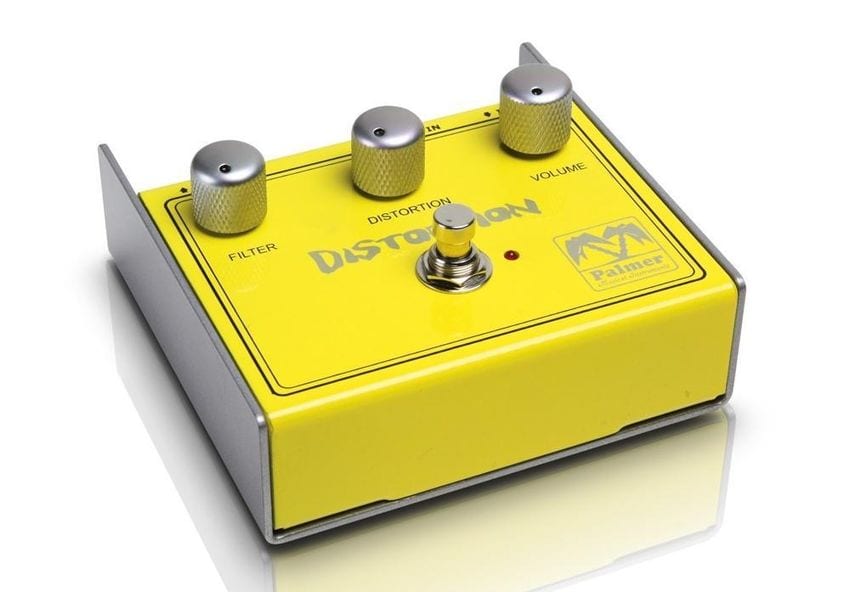
It is easy to use this type of guitar effect
Additionally, pretty much all of them have dials that do three things. You need to know about those things because they will allow you to create the sound you want. Although it seems hard to work out which dial is which because they are often labeled differently on different pedals, but it’s not actually too difficult. The first dial is called the time dial, it will change the amount of time between the repetition of the signals. You can find much larger potential intervals on digital ones, but a short interval on an analog can help create a nice deep sound.
The second one is the feedback dial which will be able to alter the number of times that the signal is repeated. This is very common for many guitarists, they will start with a single one and the maximum can be an infinite number of repeats. The last one is the level dial, which can change how loud each subsequent signal is.
As there are a wide range of delay models to choose from and the industry is continuing to research and develop, consumers can be confused to choose the right one to create the sound that they want. That is why we provide some advice and tips on this issue. Once you’ve figured out what is a delay pedal and how to use it, you can play with each type of it and explore a wide range of sounds.

